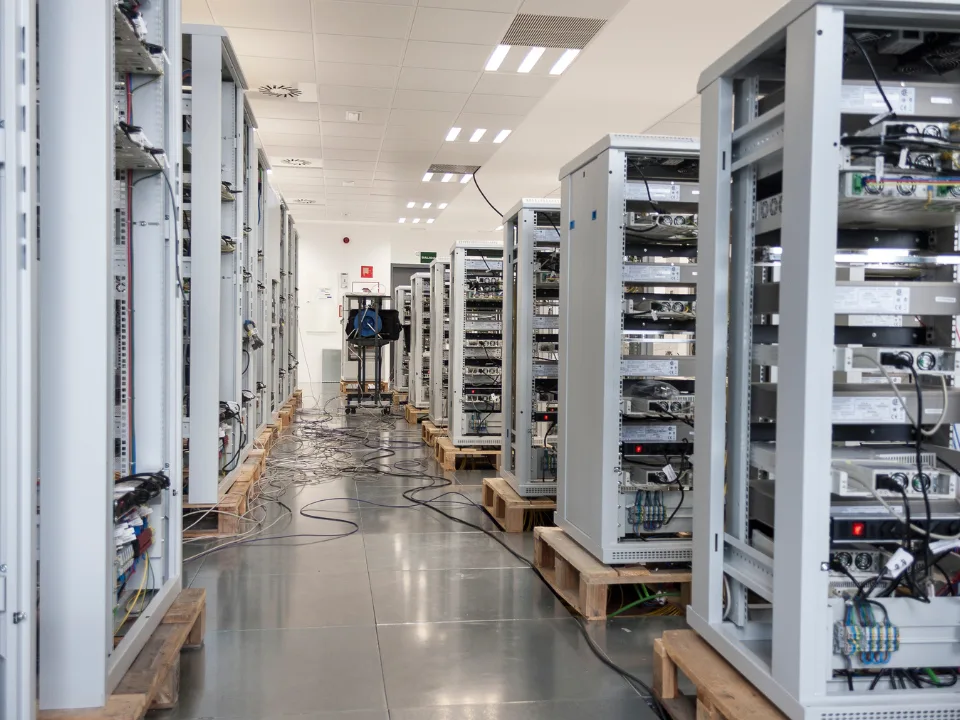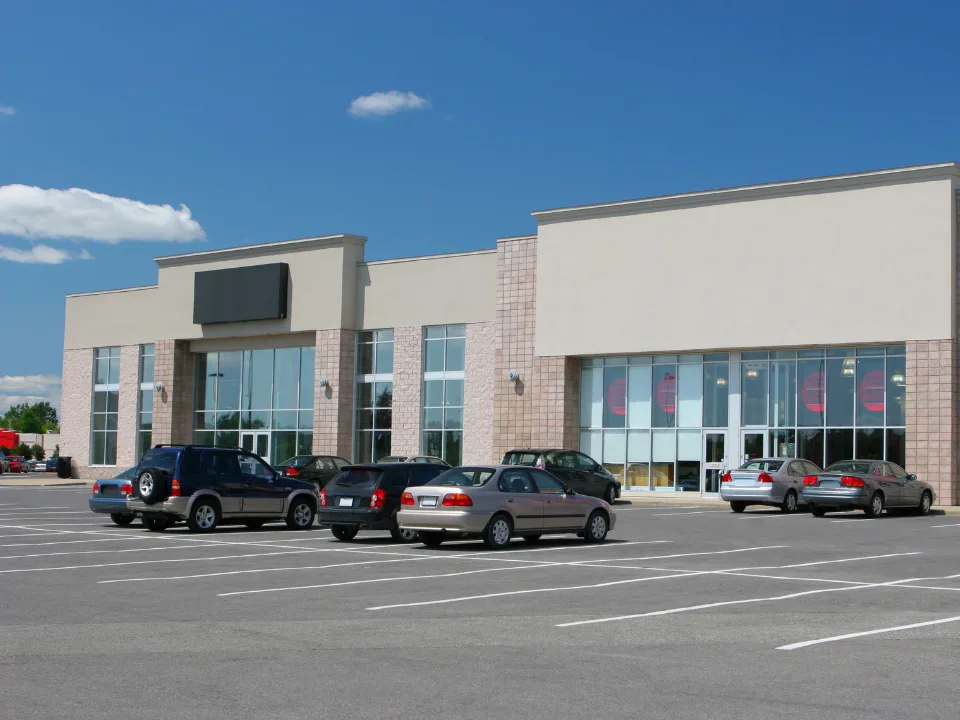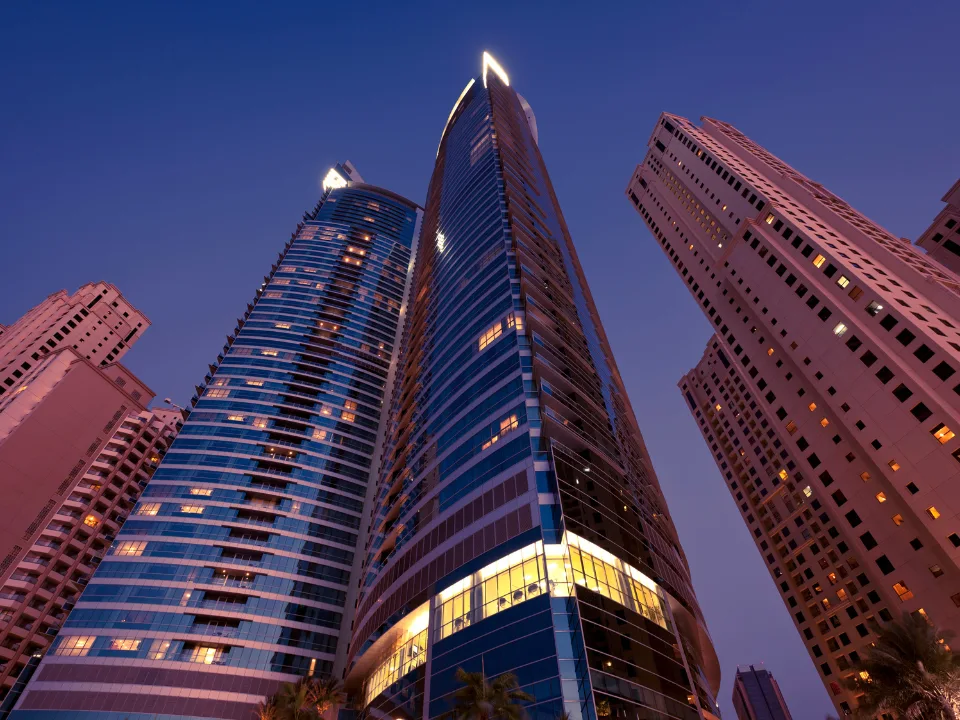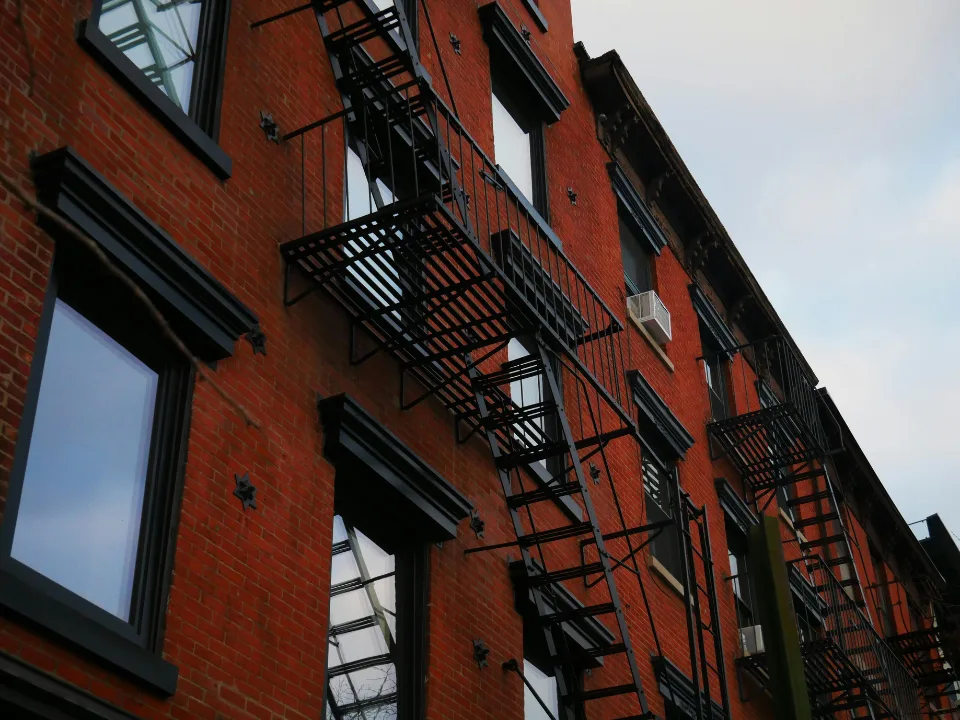- 70+ office-to-residential projects with 10K+ apartments have been completed this year, with 94 more underway—a growing trend of repurposing underutilized office spaces.
- Declining office property values make conversions more financially viable, particularly for aging or poorly located buildings.
- Subsidies and tax breaks are spurring redevelopment, particularly in cities like New York, Chicago, and Washington, D.C., aiming to revitalize struggling downtown areas.
According to WSJ, office-to-residential conversions—long considered a solution to both housing shortages and rising office vacancies—are finally gaining traction.
By The Numbers
As office property values stay depressed or continue to fall, developers are finding office conversions more financially appealing, particularly for outdated or poorly located buildings.
According to CBRE Group, 73 U.S. conversion projects have been completed this year alone, with 309 more either planned or underway. Approximately 75% of these projects involve turning office spaces into residential units, potentially adding 38K new apartments to the housing market.
Breaking Barriers
Historically, high property acquisition costs and design limitations hindered conversions.
However, record office vacancy rates—combined with an oversupply of underutilized properties—are forcing sellers to offload buildings at steep discounts.
In Washington, D.C., a building once valued at $150M in 2007 sold for just $66M last year at a 56% discount. Similar deals are emerging nationwide, giving developers more reason to pencil in profitable conversions.
Innovative Adaptations
While many older office buildings still face design challenges, developers are finding creative solutions.
At 25 Water Street in Manhattan, GFP Real Estate added light wells to ensure all apartments receive adequate light and air. Other projects, such as the redevelopment of the Flatiron Building into condominiums, are also breathing new life into iconic properties.
New incentives, including tax breaks and subsidies, further fuel the office-to-residential trend. Cities like Chicago and Calgary have introduced programs specifically designed to support conversion projects, offering much-needed boosts to revitalization efforts.
High-Profile Projects
Several major projects exemplify the shift:
- In Cleveland, the former Union Central Life Insurance Building is being converted into over 280 apartments, complete with luxury amenities like a rooftop pool.
- In Detroit, General Motors and Bedrock plan to redevelop part of the Renaissance Center into apartments and a hotel.
- Philadelphia’s Wanamaker Building is undergoing a high-profile conversion backed by TF Cornerstone and Dune Real Estate Partners.
Challenges Ahead
Despite the uptick in conversions, challenges remain. Many office buildings have layouts that aren’t conducive to residential use, and retrofitting them often requires costly renovations. In some cases, conversion costs approach those of new construction, deterring developers.
Additionally, existing tenants in partially occupied office buildings may complicate conversion efforts. Some landlords deal with this by including eviction clauses or retaining stakes to gain conversion expertise.
Why It Matters
Although office conversions won’t entirely solve the office vacancy crisis or the U.S. housing shortage, they represent a key strategy for revitalizing urban business districts. For cities grappling with reduced foot traffic and economic activity, these conversion projects offer a pathway to recovery.
As urban centers adapt to post-pandemic realities, office-to-residential conversions will likely play an increasingly significant role in reshaping cityscapes, balancing housing needs, and repurposing underutilized spaces.
Get Smarter about what matters in CRE
Stay ahead of trends in commercial real estate with CRE Daily – the free newsletter delivering everything you need to start your day in just 5-minutes

















